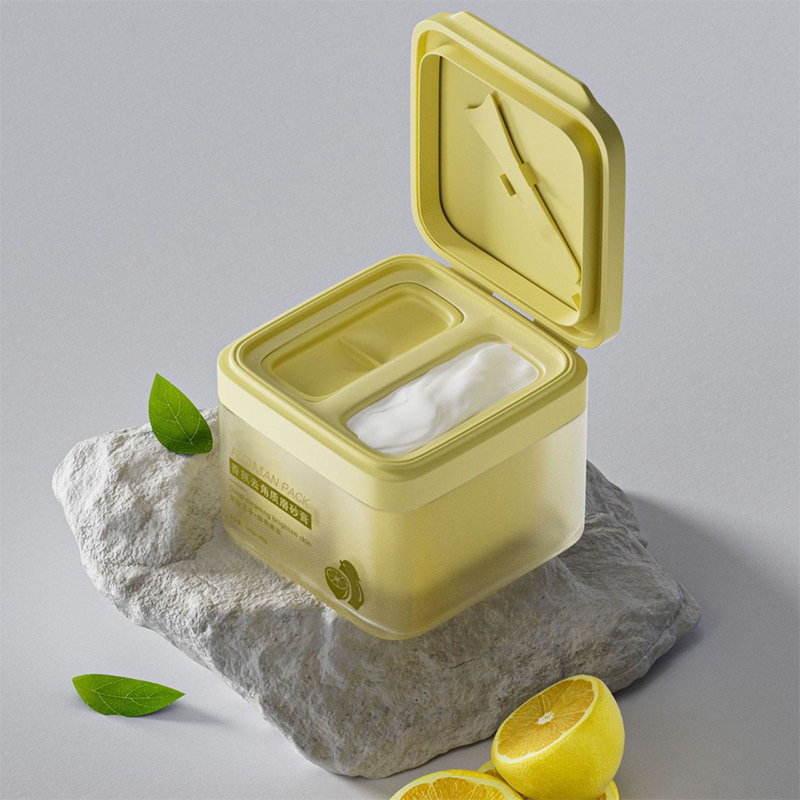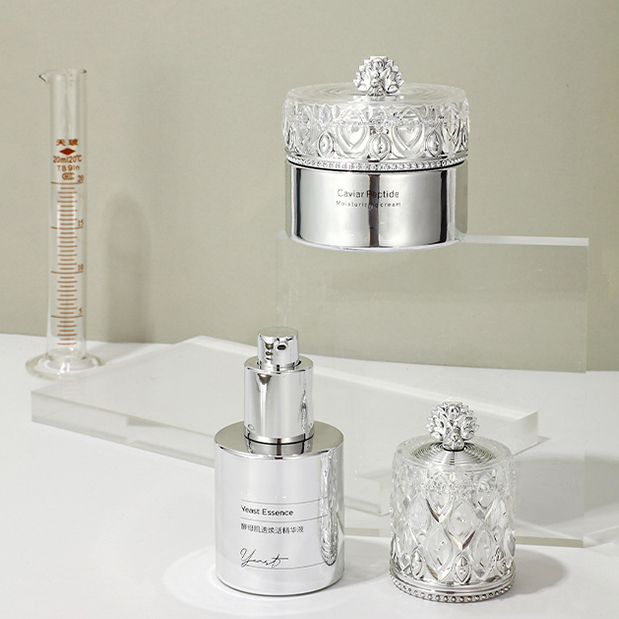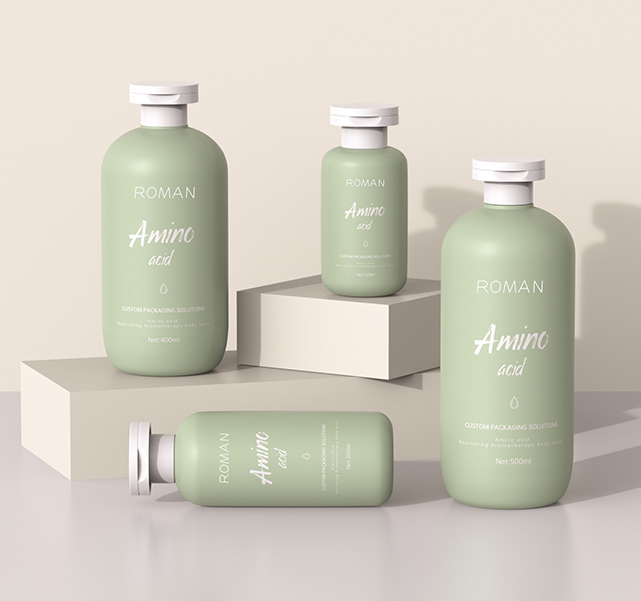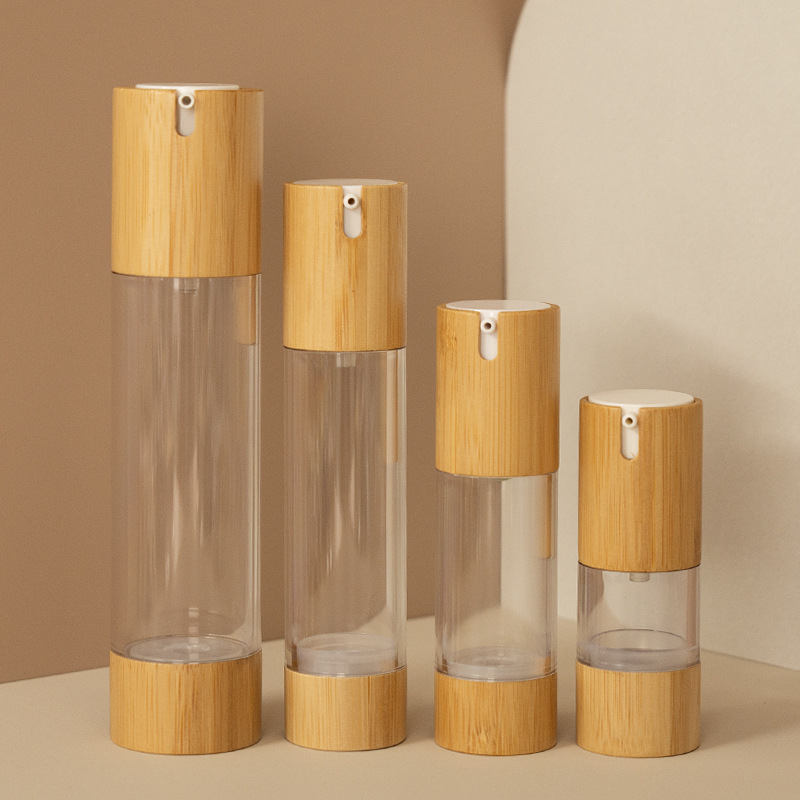1. Accelerated Adoption of Sustainable Packaging
-
Breakthrough in Bio-Based Materials: Leading global packaging companies (e.g., Albéa, APTAR) have introduced 100% biodegradable PLA (polylactic acid) lotion bottles, adopted by brands like L'Oréal and Unilever for new products.
-
Increased Use of Recycled Plastics (PCR): EU regulations mandate 30% PCR content in packaging by 2030. OEMs like Cosmax have achieved mass production of 50% PCR PET lotion bottles.
-
Popularity of Refill Designs: Shiseido’s magnetic refill bottles reduce virgin plastic use by 70%, winning the 2024 Pentawards Design Award.
2. Smart Packaging Technologies in Practice
-
NFC Anti-Counterfeiting & Traceability: Chinese manufacturers like Tongle Yuxing have launched lotion bottles with built-in NFC chips, allowing consumers to verify authenticity and access ingredient details via scanning.
-
Temperature-Sensitive Labels: U.S.-based Paket’s smart labels indicate post-opening expiry dates, supporting active-ingredient skincare markets.
3. Innovations and Challenges in Production
-
Low-Carbon Manufacturing: Solar-powered injection molding (e.g., Amcor’s China factory) reduces carbon footprint by 40%.
-
Micro-Factory Trend: SMEs leverage flexible production lines (e.g., Japan’s Toyo Seikan’s modular systems) for small-batch customization, cutting lead times to 7 days.
-
Raw Material Cost Pressures: PP/PE prices rose 12% YoY due to oil market volatility, driving lightweighting (e.g., 20% thinner bottle walls).
4. Fusion of Aesthetics and Functionality
-
Minimalist Design Trend: Matte frosted bottles with label-free designs (e.g., Glossier’s new products) dominate premium segments.
-
Precision Dosing: Vacuum pumps with Airless tech (e.g., Silgan’s patented system) boost lotion utilization to 98%, minimizing waste.
5. Regional Market Developments
-
China’s Regulatory Impact: The 2024 Cosmetics Packaging Classification Guidelines mandate recycling labels on lotion bottles, standardizing the industry.
-
Southeast Asia Capacity Expansion: Thailand’s SCG Group launched an eco-friendly packaging hub, targeting the 15% annual growth in Asia-Pacific skincare demand.
Industry Outlook: The global skincare packaging market is projected to exceed $32 billion by 2025 (Smithers data), with sustainability, smart features, and personalization as key differentiators. Brands and suppliers must balance cost and eco-friendly demands.
For deeper insights into specific areas (e.g., material tech, regulations), feel free to inquire!


 English
English Español
Español








